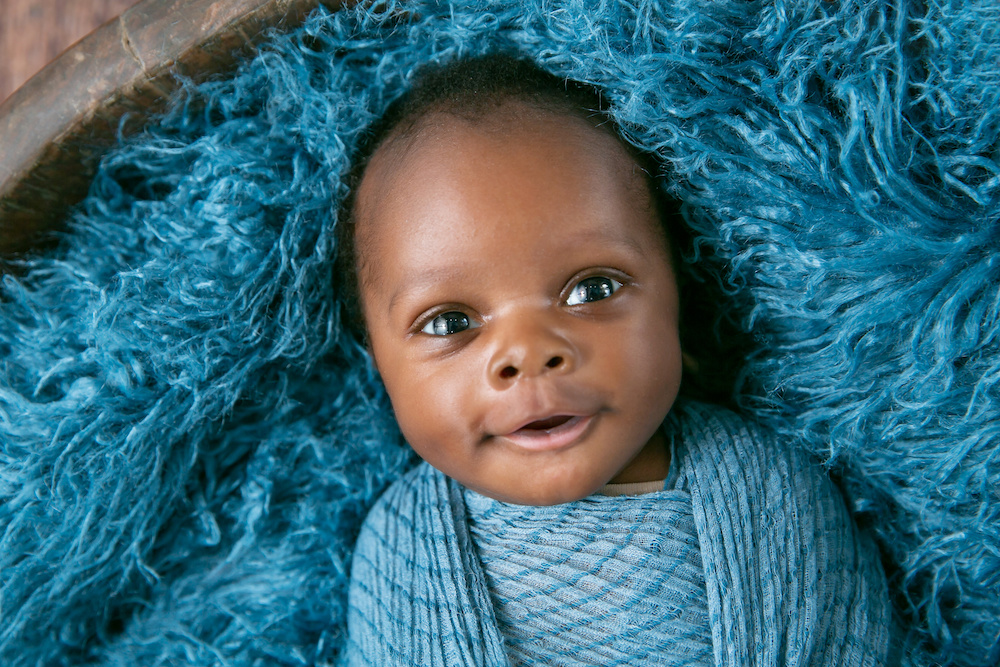Are all babies born with blue eyes?
If you’re a first time mother, you may not know as much about newborns as more experienced moms do. That’s perfectly normal, considering you haven’t had your own baby to observe. But it also means that you might have a few ideas about babies that may or may not be true. For example, somewhere down the line, you might’ve heard that all babies are born with blue eyes. If you haven’t spent much time with newborns, you probably don’t know if this is really the case. Here’s the lowdown.
Read more: Boy or girl? Take our gender predictor quiz!
The truth
First of all, it’s definitely not true that all babies are born with blue eyes. Babies of African American, Hispanic and Asian descent are usually always born with dark eyes that stay that way. This is because these non-white ethnicities naturally have more pigment in their skin, hair, and eyes. The specific pigment is called melanin, and it’s more abundant in darker individuals.
Caucasian individuals have less melanin, which means the color of their hair, skin, and eyes is more likely to vary. People with blue eyes have the least amount of melanin in their irises, while a medium amount results in green or hazel eyes. Those with the most melanin have brown eyes, and even that shade can vary in intensity.
Read more: 7 amazing facts about newborns you definitely haven’t heard
It is true that Caucasian babies are often born with blue or gray eyes that can change over time. This is because they’re not born with the amount of melanin that they’ll eventually have – it develops over time. So if your baby has light eyes now, it doesn’t necessarily mean that he or she will grow up with light eyes. During infancy, they may darken to become green, hazel, or brown. The color of your eyes and that of your partner’s – as well as your other family members’ eye colors – can help determine what color eyes your little one will have.
To learn more about how to choose and talk to your new OB, download our special guide by clicking below:
